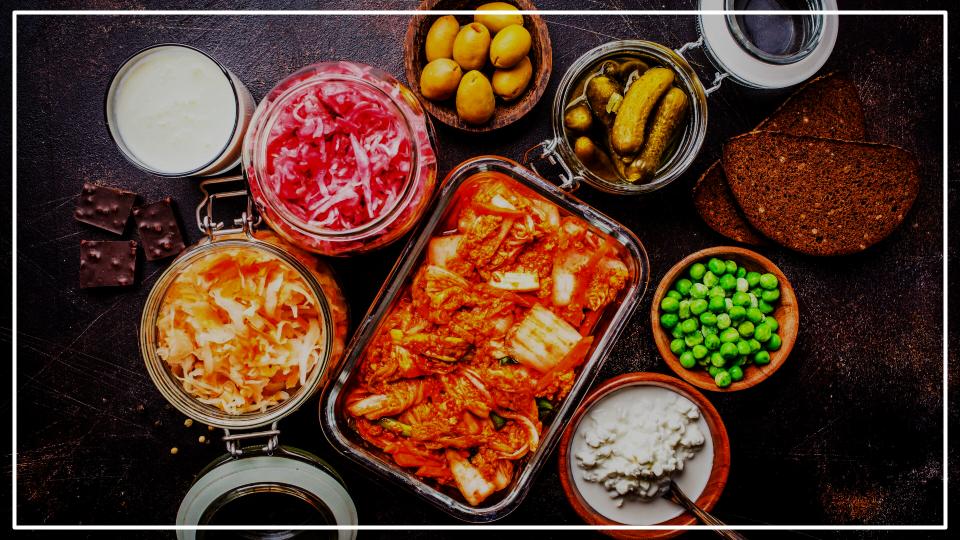The future of the American pantry is becoming more adventurous, convenient, and health-conscious, according to experts analyzing the latest Fancy Food Show trends. Exhibitors at the Specialty Food Association’s (SFA) recent Summer Fancy Food Show showcased thousands of new products, revealing a clear convergence of demand for authentic global flavors, functional ingredients, and sustainable practices that will soon influence grocery aisles worldwide.

| Key Trend | Core Driver | On The Shelf |
| Instant Global Gratification | Consumer demand for authentic, convenient international meals. | Ready-to-heat regional Indian dosas, frozen Japanese ramen, Filipino-inspired condiments. |
| Functional Snacking | The rise of flexible eating styles combined with a focus on wellness. | High-protein confections, snacks with adaptogens for mood, plant-based jerky. |
| Complex Flavors | A move beyond simple sweetness or heat toward nuanced tastes. | Artisanal flavored vinegars, chili crisps featuring specific pepper varietals. |
| Upscaled Home Cooking | Economic pressures and a desire for restaurant-quality home meals. | “Chef-level” meal kits, gourmet truffle sauces, single-origin olive oils. |
| Transparent Sourcing | Growing consumer demand for ethical and environmental accountability. | Products highlighting specific farms, regenerative organic certifications, upcycled ingredients. |
The World on a Plate, Instantly
One of the most dominant Fancy Food Show trends is the demand for authentic, regionally specific international cuisine in formats that require minimal preparation. As consumers’ palates become more sophisticated, generic labels are being replaced by products that celebrate a distinct sense of place.
Exhibitors are moving beyond broad categories like “Mexican” or “Asian” to offer items like pupusas from El Salvador, tapenades from specific Greek islands, and sauces featuring Korean gochujang. According to the Specialty Food Association, this “Instant Global Gratification” trend caters to consumers who crave adventurous eating without the time-consuming labor of scratch cooking.
“Convenient to heat-and-eat or mix-and-make formats of authentic global foods will add flavor adventure to consumers’ snacks and meals,” said trendspotter Kara Nielsen in an SFA report. This was evident in products like Vinker Foods’ plant-based Crispy Korean Chicken and Maazah’s globally inspired lentil dips, which offer complex flavors for busy lifestyles.

Snacking Gets a Functional Upgrade
The evolution of snacking, dubbed “Girl Dinner 2.0” by the SFA Trendspotter Panel, continues to move away from empty calories and toward purposeful indulgence. This trend merges the desire for flexible, informal meals with a focus on tangible health benefits, a category often referred to as specialty food.
“Consumers will become even more flexible with how they eat,” predicted Melanie Bartelme, Associate Director at Mintel, in a statement released by the SFA. “Savvy food and drink brands will help consumers see the products they make as suitable for however consumers choose to eat them.”
This was seen in a wave of new gourmet products, from high-protein sour candies and chocolate brownies to functional beverages featuring adaptogens and nootropics designed to support cognitive health and emotional well-being. The focus is on clean labels and ingredients that serve a purpose beyond basic nutrition, transforming the snack into a tool for personalized wellness.
Vivacious Vinegars and Nuanced Heat
Flavor complexity is another major theme, with producers moving beyond the straightforward profiles of extreme sweetness or intense heat. The rise of “Vivacious Vinegars” signals a growing appreciation for acidity to balance flavors. Exhibitors showcased everything from cucumber vinegar and fruit-infused shrubs to traditional Filipino sawsawan (dipping vinegars).
“Countering the sweet tooth of the past few years, a spectrum of vinegars… are cropping up as reductions, fruity condiments, and shrubs,” noted trendspotter Jenn de la Vega.
In a similar vein, the chili pepper craze is maturing. The focus is no longer just on Scoville ratings but on the unique flavor notes of specific peppers. “Gone are the days of the ghost peppers and gratuitous fire. It’s about flavor with chili crisp and crunch, berbere, hot honey, and harissa,” explained trendspotter Jonathan Deutsch. This indicates a market seeking heat that complements, rather than overwhelms, a dish.
The “Yes, Chef” Effect: Upscaling the Home Kitchen
As economic conditions make dining out more expensive, many consumers are investing in premium products to recreate restaurant experiences at home. This “Yes, Chef” trend sees a proliferation of high-quality finishing oils, complex sauces, and “cheffy kits” that allow home cooks to elevate their meals with minimal effort.
Brands are offering items like white truffle sauces, single-origin extra virgin olive oils, and gourmet pasta kits that were once the exclusive domain of professional kitchens. “Restaurant visits may decrease in favor of restaurant quality meals at home,” Deutsch noted, adding that such splurges are “still a fraction of the cost of a restaurant meal.” This trend empowers home cooks, making gourmet results more accessible.
From Small Farms to Big Impact: The Push for Transparency
Finally, sustainability continues to be a driving force, but with a new emphasis on radical transparency and demonstrable impact. Consumers are increasingly looking for consumer food trends that align with their values, rewarding brands that provide clear proof of their ethical and environmental claims.
This manifests in several ways. The “Small Farm, Big Impact” trend, identified at the Winter Fancy Food Show, highlights products that name the specific farm where ingredients were sourced. There is also a growing presence of third-party certifications like Regenerative Organic Certified, which go beyond the traditional organic label to focus on soil health and biodiversity. Furthermore, upcycled ingredients—using byproducts that would otherwise go to waste—are becoming more common, but with a caveat: the final product must deliver on taste.
This shift shows that for many shoppers, the story behind the food—who grew it, where it came from, and its environmental footprint—is becoming as important as the product itself.
As these trends move from the show floor to store shelves, the specialty food market continues to act as an incubator for the broader food industry, signaling a future where pantries are stocked with products that are both globally inspired and personally beneficial.
FAQ on Fancy Food Show Trends
Q: What is the Fancy Food Show?
A: The Fancy Food Show is a trade-only event hosted by the Specialty Food Association (SFA), a not-for-profit organization representing artisans, purveyors, and importers of specialty foods. It is the largest specialty food industry event in North America, held twice a year (Winter and Summer), where exhibitors launch new products and showcase industry trends.
Q: How do trends at the Fancy Food Show affect what I see in stores?
A: The show is a primary launchpad for new gourmet products and food concepts. Retail buyers, distributors, and media attend to discover the next big things in food. Successful products and trends identified at the show are often picked up by mainstream grocery chains and specialty retailers, appearing on consumer shelves within the following 6 to 18 months.
Q: Is “specialty food” the same as “gourmet food”?
A: The terms are often used interchangeably. The Specialty Food Association defines specialty foods as products of the highest grade, style, and/or quality in their respective categories. Their specialty nature derives from a combination of factors, including their uniqueness, origin, processing method, design, limited availability, and use of high-quality ingredients.
